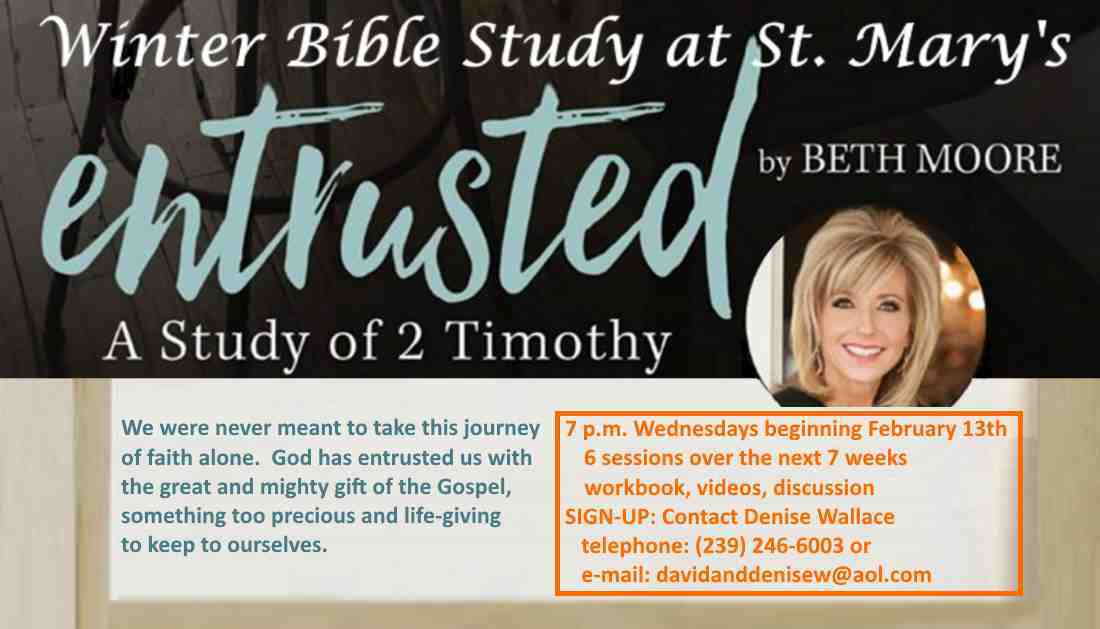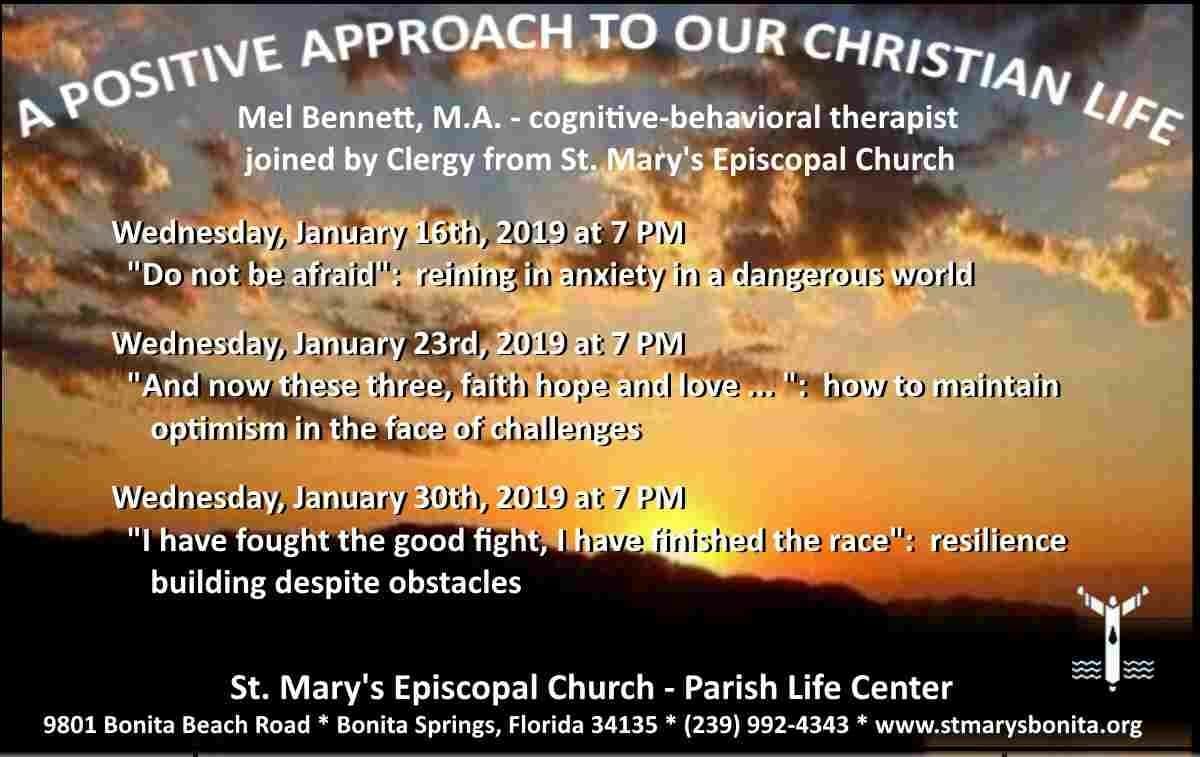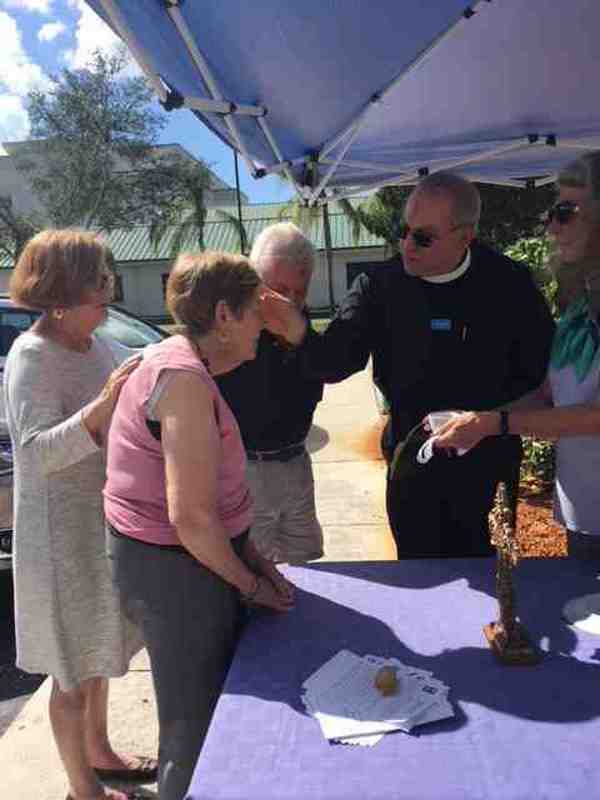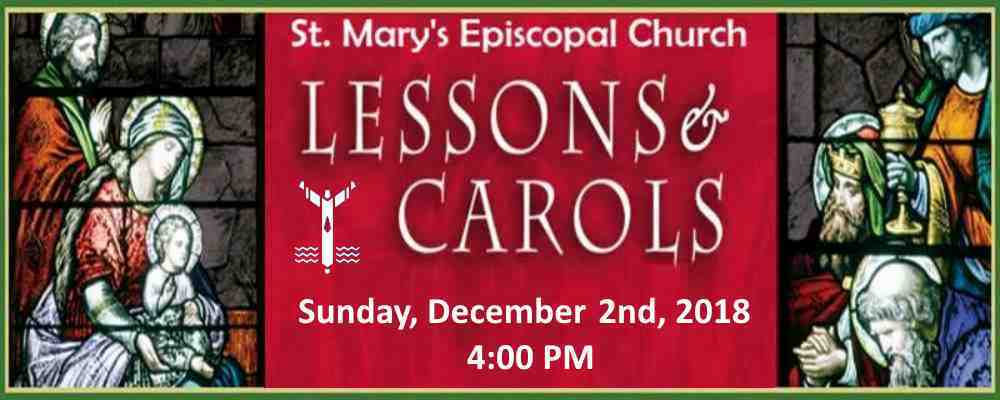In the previous Insight Into Liturgy we observed that the Propers are intrinsic to who we are as Christians, and perhaps more so as Anglicans/Episcopalians because of how they structure our liturgy, how we use them to tap into the enormous spiritual heritage of our faith, how they give life and meaning to the way we worship God. And metaphorically we referred to them as scaffolds for our liturgy, building as it were the edifice of the Liturgy of the Word and the Liturgy of the Eucharist. In this paradigm of our liturgy being a structure, it is significant to point out that there are two essential components of the building under construction: the foundation which is referred to as the Ordinary of the Mass (those sung parts of the liturgy which are most always included: Kyrie, Gloria, Credo, Sanctus, Agnus Dei); as compared to the building blocks of the structure, otherwise known as the Propers (those sung or chanted parts of the liturgy the content of which can change from week-to-week: Introit, Gradual, Alleluia or Tract, Sequence, Offertory, Communion). It is also important to note that the sung Propers, whether by a cantor, choir, or congregation, are chosen from centuries of use for their appropriateness to buttress the scriptural sources for that Sunday as determined by the Propers for the Liturgy of the Word. And not unlike the skilled hand at work with the mason’s trowel, the Holy Spirit is guiding, equipping, and inspiring those designing and knitting together this structural expression of our worship of the Divine. Needless to say, the total is indeed greater than the sum of its parts and its purpose.
The Introit, typically sung by the cantor, is an apt and appropriate example of a Proper, the content of which changes from week-to-week; and since it begins each 10:00am Sunday service at St. Mary’s, we are familiar with it. Not surprisingly, the word Introit comes from the Latin: introitus, which means entrance. It has been a part of the initial stages of the liturgy since the Early Church; and morphed in time into various chants, the best known of which was the Gregorian Chant. Typically, the textual sources for the Introit are the Psalms, but other parts of Holy Scripture are used as well. Regardless of their thematic and theological intent, or their source material, the Introit has always served to sanctify and foster the unity of the gathered Mystical Body of Christ, the Church; and to direct it’s thoughts and attention to the mystery of the liturgical celebration about to unfold. “The Lord has become my protector; he delivered me because he was well pleased with me. I will love you always. O Lord my strength; the Lord of my support, my refuge and my deliverer”; the Introit for the Eight Sunday after Pentecost, Proper 12; the first of the building blocks of the structure of our worship experience on a Sunday in July 2020. Mixed metaphor notwithstanding, the Propers can be seen as both scaffolding and building blocks; for such is the mystery of our liturgy and our faith.







Leave A Comment